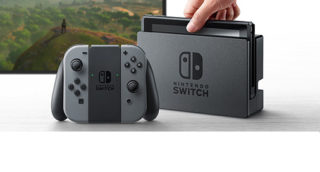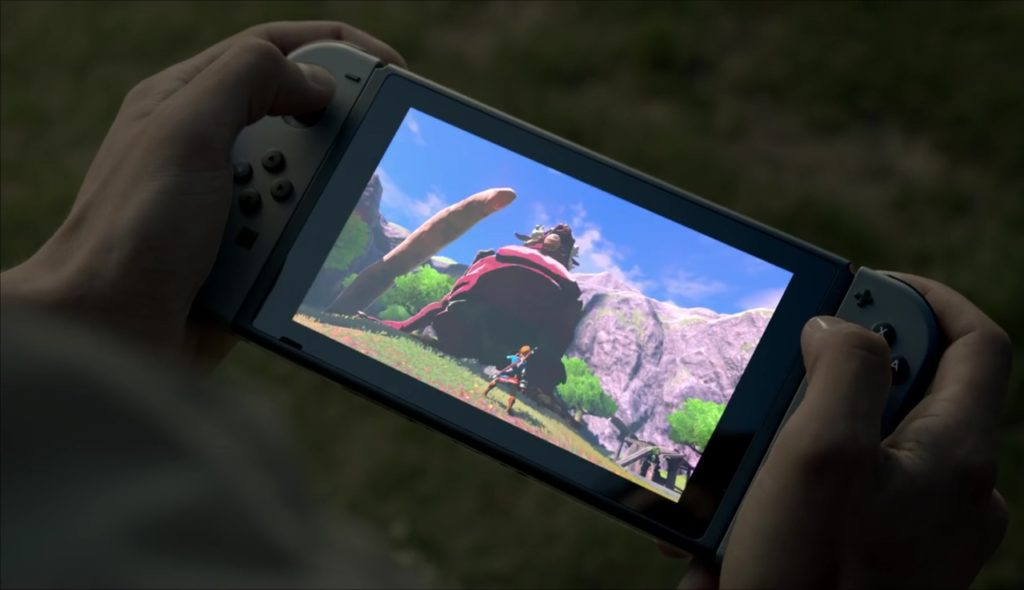Nintendo continued its hot streak last week when it officially announced the Nintendo Switch (formerly NX) to the world. The device, which is a gaming tablet with a dedicated docking station, brings together the big screen experience of console systems and the portability and convenience of a mobile device. The announcement was given through a three-and-a-half-minute trailer showing the Switch’s capabilities and a short press release that revealed how 48 developers, including Electronic Arts, Ubisoft and Activision, have signed on to develop for the device. Nintendo is still seeing a lot of love, as the trailer has had over 17 million views since then, which is a testament to its longstanding brand.
Although the excitement of a new console announcement may help fans overlook how there are plenty of unanswered questions ranging from battery life, to game support, to graphical fidelity and pricing, Nintendo shouldn’t wait too long before answering them. Especially given how both the Nintendo Wii U and handheld 3DS consoles have been in decline in recent years, mainly due to the meteoric rise of smartphones and other mobile gaming devices.
The Wii U, for instance, has a similar-looking portable screen on the Wii U Gamepad, except that it’s used to stream games from the main console. This concept didn’t catch on, and the Wii U is still mainly regarded a niche gaming device, despite being the wildly popular Wii console’s successor, having relatively strong developer support at launch, and releasing a year before the Xbox One and PlayStation 4 came out. Major game releases such as Mario Kart 8 and Super Smash Bros., along with original exclusives such as Splatoon and Bayonetta 2 helped lift sales, but were ultimately too little too late.
Time will tell if The Legend of Zelda: Breath of the Wild, possibly one of the last games for the Wii U console, will be an effective farewell, or if fans will purchase it for Switch instead. However, there is a possibility that Nintendo will be generous with its final Wii U/debut Switch game by offering cross-platform purchasing—where a person who buys the game, even the physical version, will also own the digital version, downloadable for either console.
In order to prevent history from repeating itself, Nintendo needs to go beyond relying on its stable of iconic characters and show that it’s still relevant to today’s gamers. Given how 3DS and Pokémon game sales skyrocketed after the phenomenal success of Pokémon GO for mobile devices, it’s becoming increasingly clear that Nintendo has figured out how to treat mobile gaming as more of an introduction or supplement to the console experience.
Nintendo has already shown its embrace of mobile by announcing Super Mario Run at Apple’s annual iPhone event in September. Gamers that download the endless runner when it releases in December will get a taste of the Mario experience, which may lead to picking up the console version for deeper gameplay. Although there are plenty of both free-to-play and premium mobile games that help promote main franchise games, few have seen the kind of success that followed the release of Pokémon GO, which will no doubt impact sales of Pokémon Sun and Moon when they release for the 3DS next month.

But relying on the popularity of mobile games may become problematic in the long-term. Nintendo’s biggest challenge, as the March launch of the Switch draws closer, is to convince consumers to pick up a Nintendo console instead of or in addition to the multitude of existing tablets—some of which feature amazing graphics (for a mobile device) and can connect to televisions. That’s in addition to releasing after powerful mid-cycle consoles such as the Xbox One S and PlayStation 4 Pro have been around for a while. Not to mention how Microsoft’s Project Scorpio, which will be the most powerful gaming console in existence, is expected to launch next fall. The company’s traditional reliance on classic characters and support from its diehard fan base is a strong start, but (as the Wii U demonstrates) it isn’t a complete plan for success.
By creating a console/tablet hybrid, Nintendo will also have all the marketing challenges for both platforms in one system. The Switch will need to continue emphasizing its unique experience, with a focus on communal gaming using detachable Joy-Con controllers that can be shared between two players. Nintendo will have to reveal what games are launching with the console, along with what’s coming soon after. There are numerous factors that must be considered between now and the Switch’s release, and Nintendo needs to work toward addressing them in the coming months in order rise up again.

